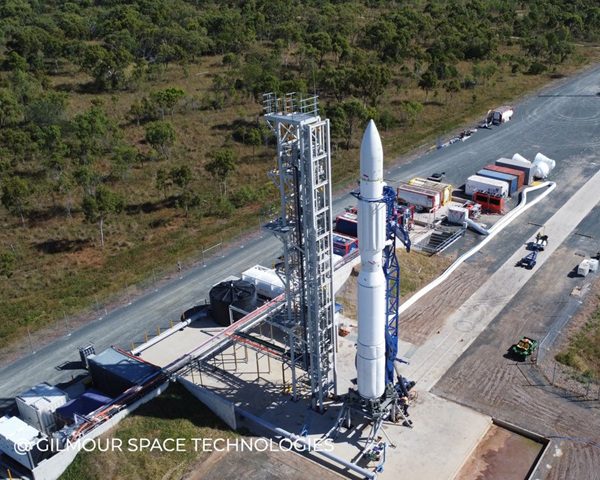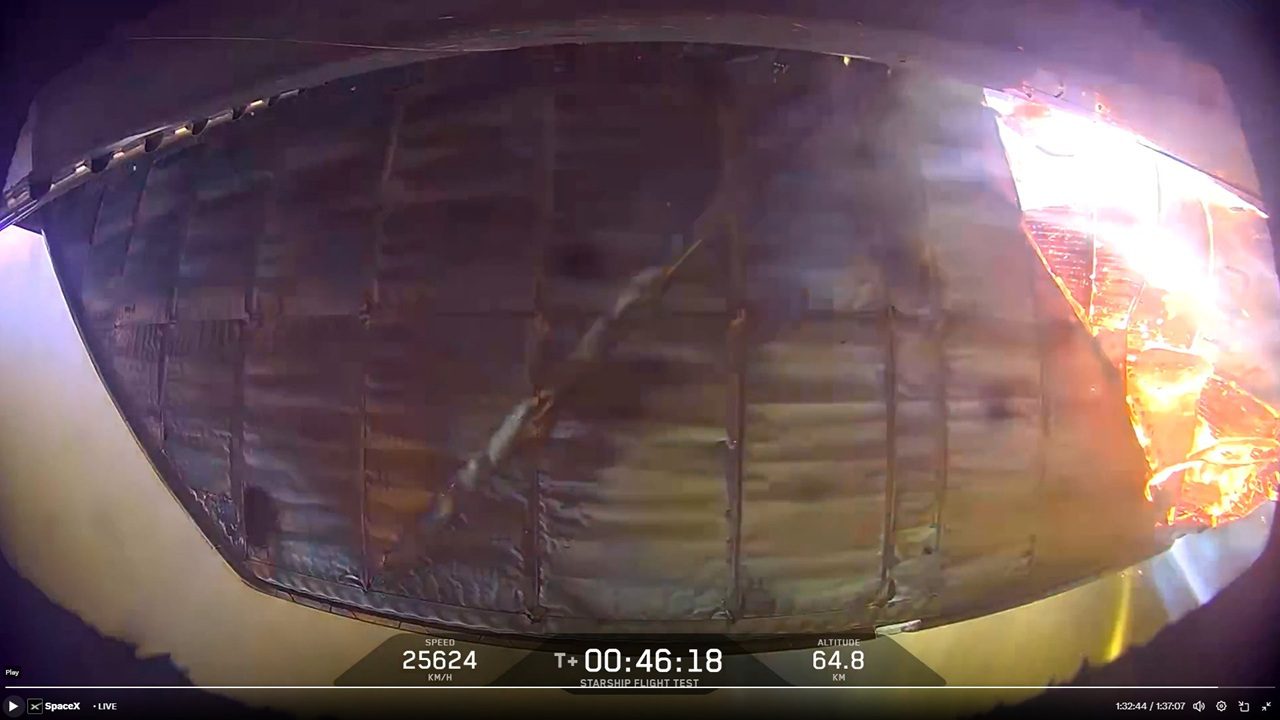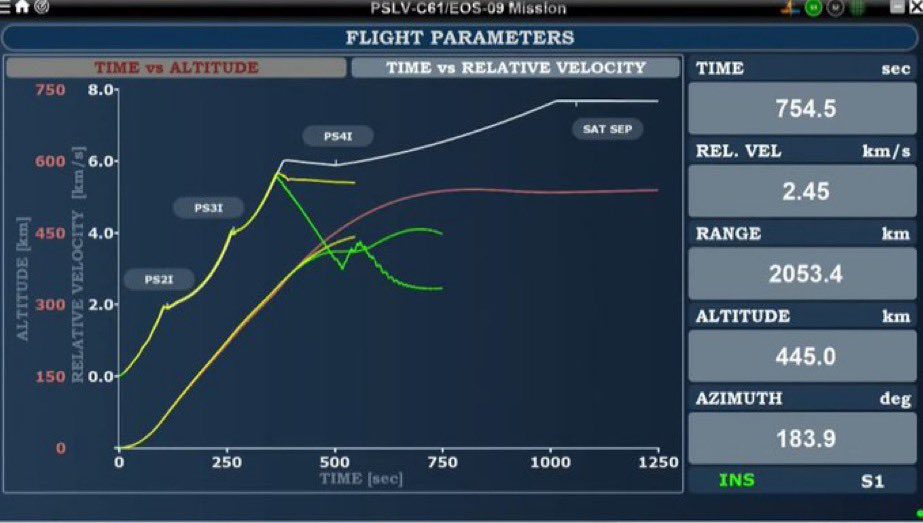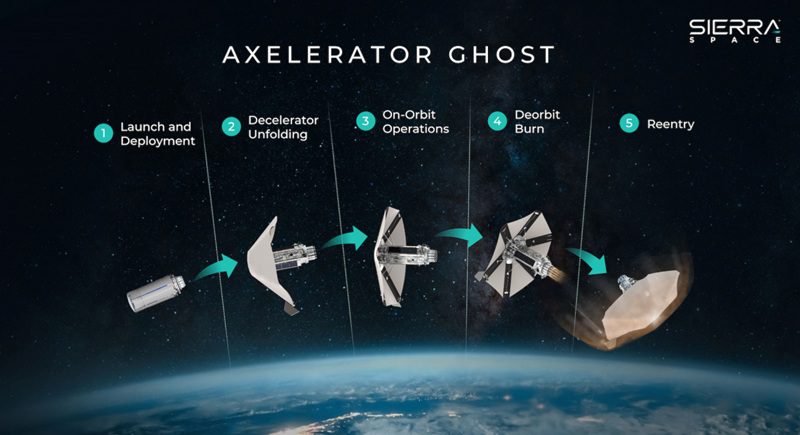Following its loss of contact on 8 April, and a subsequent failure to recover the spacecraft, the European Space Agency (ESA) has formally declared that the Envisat environmental and remote sensing satellite mission is now over.
Since the failure, engineers and scientists from ESA and Envisat’s manufacturer Astrium have struggled to recontact the craft. The attempt at fault finding and recovery even enlisted ground radar and telescopes on Earth and Pleiades imaging satellites in space. However, in the end all the effort was fruitless.
Despite the formal ending of the mission, engineers will continue to investigate the failure and carry on with attempts to recontact the craft. For the time being, an internal power regulator failure or short circuit is suspected of causing the sudden failure of the telemetry and command system or its safe mode solar pointing default procedure; failures that there would normally be no way back from.
Launched in March 2002, Envisat exceeded its five year minimum design life by over five years. During its ten year life the spacecraft has yielded valuable Earth monitoring data covering weather, atmospheric and temperature measurements as well as providing optical and infrared imagery. Concerns remain within the climate change science community that the dataset will now be significantly interrupted until ESA’s new Sentinel spacecraft from Europe’s Global Monitoring for Environmental Security (GMES) programme, can come online.







